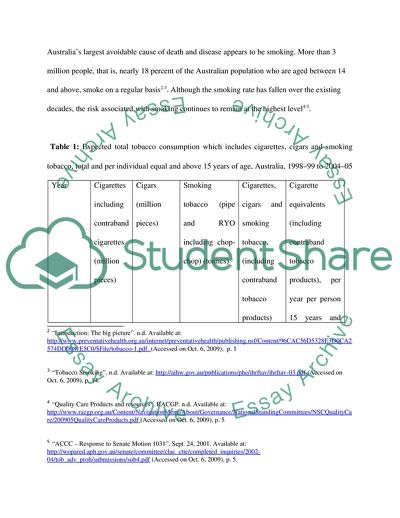Cite this document
(What Economic Incentives Have Had the Greatest Impact on the Smoking Research Paper, n.d.)
What Economic Incentives Have Had the Greatest Impact on the Smoking Research Paper. Retrieved from https://studentshare.org/macro-microeconomics/1727622-health-economic
What Economic Incentives Have Had the Greatest Impact on the Smoking Research Paper. Retrieved from https://studentshare.org/macro-microeconomics/1727622-health-economic
(What Economic Incentives Have Had the Greatest Impact on the Smoking Research Paper)
What Economic Incentives Have Had the Greatest Impact on the Smoking Research Paper. https://studentshare.org/macro-microeconomics/1727622-health-economic.
What Economic Incentives Have Had the Greatest Impact on the Smoking Research Paper. https://studentshare.org/macro-microeconomics/1727622-health-economic.
“What Economic Incentives Have Had the Greatest Impact on the Smoking Research Paper”. https://studentshare.org/macro-microeconomics/1727622-health-economic.


